Main types of rose diseases, treatment of roses against diseases, prevention

The high decorative value of roses makes them the number 1 flower in both amateur gardens and industrial greenhouses. This flower has been grown by humans for thousands of years. Lovers of these flowers know that many pests and diseases can significantly harm this plant and, if not completely destroy it, then significantly spoil its impeccable appearance. Let's try to figure out what can threaten these beautiful flowers and what treatment of roses against diseases can help them.
Content:
Fungal infections of roses
Currently, more than 200 pathogenic fungi have been identified that can harm roses. Despite the efforts of breeders to develop varietal roses that are resistant to most pathogenic fungi, it has not yet been possible to completely cope with this category of microorganisms.
Microscopic fungi settle on the plant and parasitize its various parts. The danger is that mushrooms under unfavorable conditions, even when treated with antifungal agents, do not die completely, but persist on living plants, their dead parts, in soil. The most dangerous fungal infections include rose stem cancer or infectious burn and powdery mildew of roses.
Powdery mildew of roses
The disease is caused by the fungus Spherotheca pannosa. It primarily affects the leaves.Infection most often occurs from diseased planting material. At the beginning of the disease, a white coating appears on the leaves. The spots grow, darken and invade the stems and buds.
With severe damage, the leaves dry out, and the flowers and stems become deformed. In unfavorable wet years there are two or three waves of powdery mildew.
Treatment boils down to the following activities:
- regular inspection of plants. Removal and destruction of affected parts and plants
- At the first signs of disease, you need to additionally feed the roses. This applies to the application of potassium and phosphorus fertilizers
- spraying with fungicides. To do this, topaz, alirin, and foundationazole are diluted according to the instructions.

Prevention lies first of all:
- in purchasing healthy seedlings
- compliance with the watering regime
- in preventing excess nitrogen fertilizers
- in eliminating too dense plantings
- in breeding varieties resistant to disease
Rose stem cancer or infectious burn
The causative agents are marsupial fungi of the genus Conistirium. The risk of infection increases with improper installation of winter shelters and with an excess of nitrogenous substances in the autumn. Signs of infection are redness of the bark. Red-brown spots first encircle the stems, and then cause the bark to dry out and die off in the affected areas. There are no varieties that are highly tolerant to the disease. Treatment methods:
There are no effective treatments. The diseased plant is dug up and destroyed
if stem cancer has affected 1 - 2 shoots, you can clean out the affected area. Then wrap a sorrel leaf with a plaster
Prevention:
- snatch roses for winter only in dry weather
- avoid excess nitrogen
In addition to the above, there are a large number of fungi that cause various spots and rot of roses. Infection occurs through wound surfaces of various natures. The pathogens overwinter well on plants or in the soil. Speaking about fungal diseases, it should be noted that the best general preventive measure is spring spraying with Bordeaux mixture, and the best means of control remains fundozol.
Video on how to avoid rose diseases:
Viral diseases of roses
Viral diseases of roses are dangerous because these plants are affected by a large number of viruses. Moreover, there are pathogens that can infect roses through plantings of other crops. Sometimes rose bushes can be affected by two viruses at once. The source of infection may be a diseased plant or garden equipment. The most common viral diseases are:
- virus leaf streak of roses
- viral wilt of roses
- rose jaundice
In case of viral infections, the following measures are taken:
- dig up and destroy heavily affected bushes
- for limited lesions, patients are excised shoots
- disinfect garden tools
Important! There are no effective measures to combat viral infections. Preventive measures consist primarily of purchasing healthy roses, following agricultural practices and regularly disinfecting garden tools. In addition, various insects that carry viruses, such as thrips, should be systematically controlled. Taking into account the fact that roses are easily affected by viruses from other crops, it is necessary to correctly select neighboring and previous crops.
Bacterial diseases of roses
The following are common bacterial infections of roses:
- bacterial root cancer - affects the roots, causing them to harden and subsequent rot; infection is most often possible when planting in contaminated soil. The pathogen persists in the ground for up to 4 years
- bacterial stem cancer - settles on the bark, causing its destruction and the appearance of ulcerative lesions
Unlike viruses, which are not full-fledged cellular structures and are quite difficult to destroy, bacterial diseases are caused by bacteria, which are single-celled microorganisms with all cellular organelles. Therefore, fight bacterial diseases roses can be treated by influencing pathogens with various chemical agents.
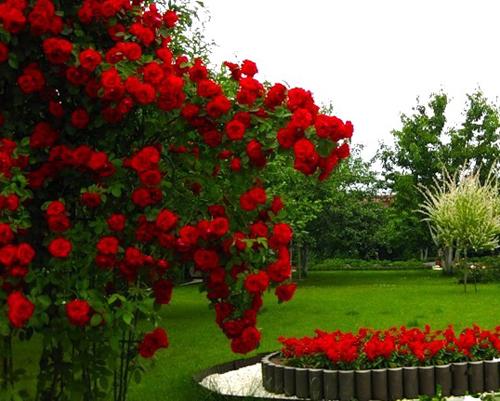
In the first place among them is a solution of copper sulfate and timely sealing of cut areas with drying oil. A good preventative measure is to treat the bushes with Bordeaux mixture in the spring. For non-infectious diseases, such as sunburn or mineral deficiency, it is enough to eliminate the cause so that the condition of the roses improves.
It is important to remember that when treating rose bushes with chemicals, it is important to comply with all the conditions specified in the instructions for them, so as not to harm the plants with an excess of the drug.





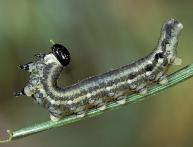

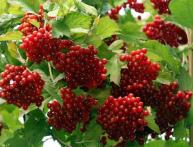
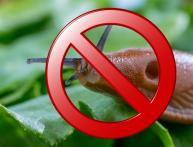
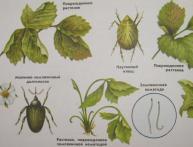
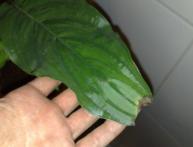
Comments
My roses are often attacked by aphids. At first I tried to reset it, then I pressed it manually, but I quickly got tired of this. As a result, I sprinkled the roses with soapy water (I used laundry soap). I’m not particularly happy with this product, because soapy stains remain on the roses and the aphids return after a while, but I don’t want to treat the plants with chemicals.
A previous commentator wrote about aphids.We must not forget that most often ants carry aphids onto a plant, so you need to fight the ants, and not the aphids on the plant, since suppress one aphid, the ants will carry another. So our peonies were attacked by aphids. Until the ants were removed, aphids appeared constantly.